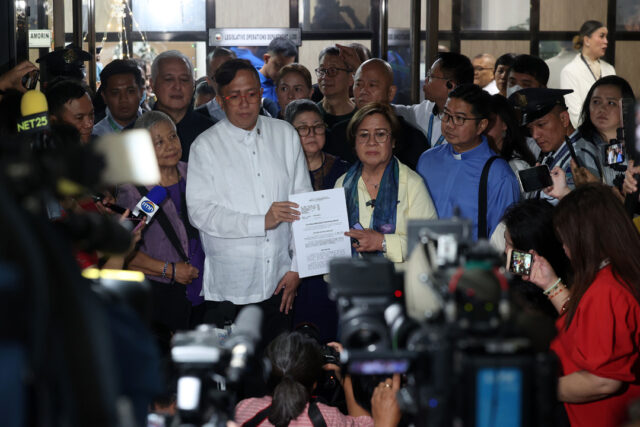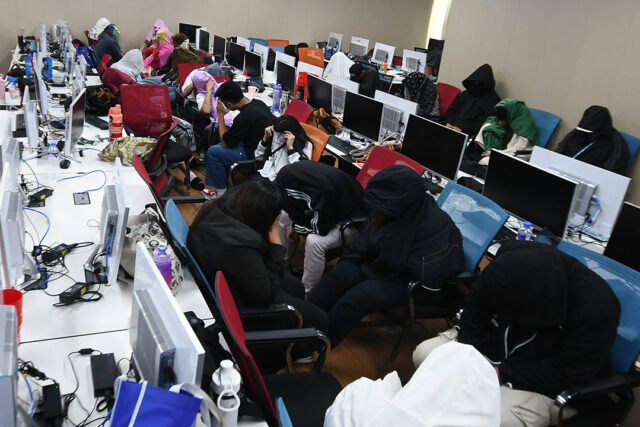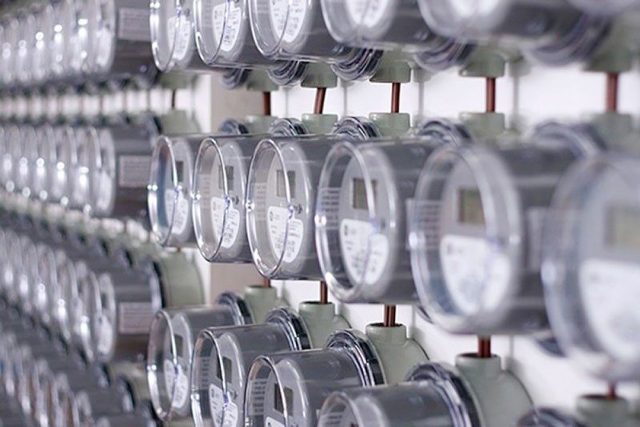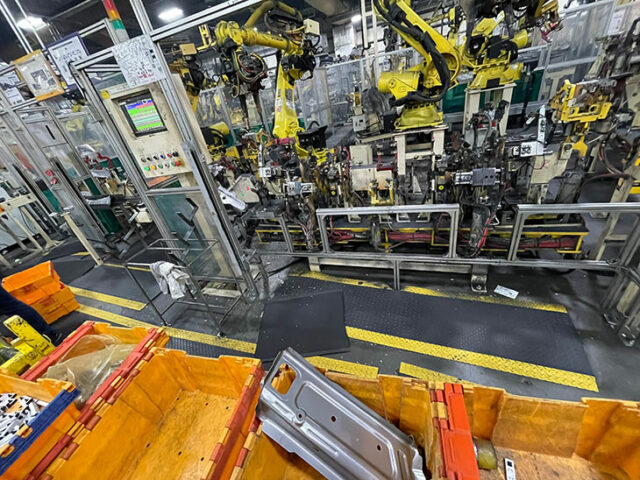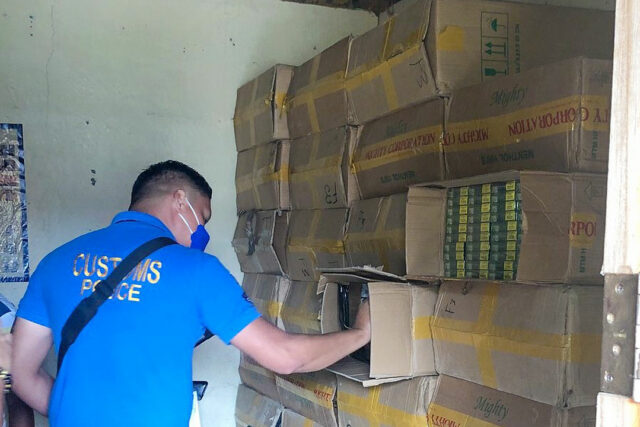Sighting of Russian submarine within Philippine EEZ ‘worrisome,’ Marcos says
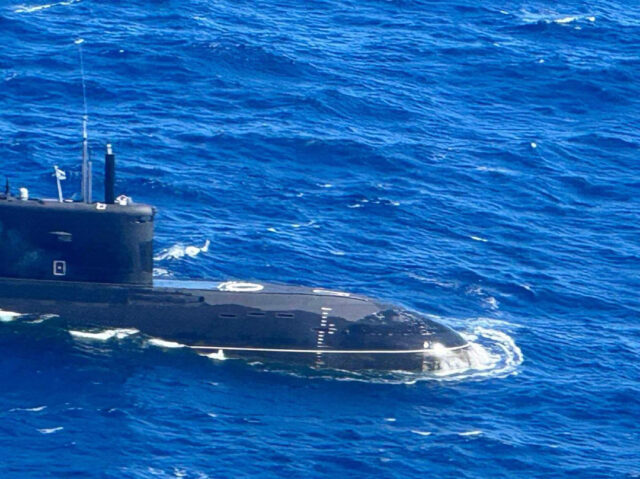
By Kyle Aristophere T. Atienza, Reporter
PRESIDENT Ferdinand R. Marcos, Jr. on Monday confirmed the sighting of a Russian submarine within the Philippines’ exclusive economic zone (EEZ) and said it’s “worrisome.”
“All of that is very concerning. Any intrusion into the West Philippine Sea, of our EEZ, of our baselines is very worrisome. Yes, it’s just another one,” he told reporters on the sidelines of a gift-giving event in Marikina City.
In a statement, the Armed Forces of the Philippines (AFP) said that Russia’s UFA 490, an underwater vessel, was sighted 80 nautical miles west of Cape Calavite, Occidental Mindoro on Nov. 28.
It said it had immediately deployed assets to monitor the submarine’s presence, with a Navy vessel establishing radio communications with the submarine, which confirmed its identity, crew complement, and navigational in-tent.
The Russian vessel stated it was awaiting improved weather conditions before proceeding to Vladivostok, Russia, according to the AFP.
It said the Philippine ship named BRP Jose Rizal and other naval forces monitored the submarine’s operations to ensure “compliance with maritime regulations” within the Philippine EEZ.
The 74-meter submarine is armed with a missile system that has a range of 12,000 kilometers, according to Russian state-run news agency TASS.
“Submarines navigating on the surface in the high seas are not common,” said Jay L. Batongbacal, director of the Institute for Maritime Affairs & Law of the Sea at the University of the Philippines.
The fact that the submarine was on the surface, instead of being submerged, means that “it poses only a minimal threat, if any,” he added in a Viber message.
“Reports indicate it is sailing along a well-used route, proceeding from activities in MY (Malaysia) and ID (Indonesia), and the fact that it has been in communication with Philippine Navy vessels shows the situation is normal.”
The submarine was spotted within the West Philippine Sea, which refers to parts of the South China Sea that fall within Manila’s EEZ.
The South China Sea has been a geopolitical hotspot in recent years, as China claims the waterway almost in its entirety and seeks control of it using gray zone tactics, or actions that fall short of a military confrontation but allows it to intimidate other actors and establish control over a geographical space.
Joshua Bernanrd B. Espeña, who teaches foreign relations at the Polytechnic University of the Philippines, said the sighting of the Russian submarine within Philippine waters is “but a normal occurrence.”
But it should raise concerns in the region as it shows Russia’s ability to launch cruise missile strikes, which have been the central focus of tensions between Moscow and Washington, he said.
“The Russian Navy’s compliance and coordination with the Philippine Navy showcases the ability of Manila and Moscow to show common courtesy in following the standard operating procedures of the United Nations Convention on the Law of the Sea at sea,” Mr. Espeña said.
“It can mean Manila’s rising importance in the region.”
He said Russia has the ability to launch cruise missile strikes against American allies in the event of a wider war scenario involving China and Russia in the Indo-Pacific.
This highlights the “pressing need” for the AFP to “competently increase detection and interdiction capabilities from the coast, at sea, and under the sea,” Mr. Espeña said.
FF-150’s ability to detect and escort the submarine is a welcome development, highlighting “the Philippine Navy’s growing ability to cover the archipelagic sea lanes as any proper navy should have,” he added.
The longstanding conflict between the United States and Russia has reached new heights after Moscow’s invasion of Ukraine, which received an additional $100 million in military financing from the US earlier this year.
With just two months left in his term, US President Joseph R. Biden pivoted from a policy barring Ukraine from using US-provided long-range Army Tactical Missile Systems (ATACMS) inside Russian territory.
In mid-November, Moscow confirmed that the ATACMS weapons had been fired at its Bryansk region, calling the action a “new phase” in the war.
As in the case of Ukraine, the US is also the Philippines’ No. 1 security ally, with the American government reiterating its Mutual Defense Treaty with Manila amid China’s assertiveness in the South China Sea.
China’s expansionist agenda has pushed the Philippine government under the Marcos administration to boost ties with the US and other Indo-Pacific powers such as Japan and Australia.
Japan and Australia are among countries that have been joining the US in its condemnation of Russia’s missile attacks in Ukraine.
Josue Raphael J. Cortez, a lecturer at the School of Diplomacy and Governance of De La Salle-College of St. Benilde, said the Russian submarine’s entry into the Philippine EEZ should be a concern for the Philippines given the growing Russian-Sino ties.
“If one delves into the realm of cybersecurity ops, for example, these two countries work together and share best practices,” he said via Messenger chat.
“Therefore, in cognizance with their alliance and the fact that our geopolitical tensions with China continue to worsen, then it is no surprise that the public sector is alarmed by this sighting.”
Mr. Cortez cited the possibility of Russia testing Western reaction to its action, “which in turn could serve as an impetus to an armed tension.”
“Because at the end of the day, we have to acknowledge the fact that whoever gains dominance over these bodies of water can also serve as shapers of trade-related norms in the region,” he said, noting that the South China Sea is likely to remain as one of the world’s flashpoints in the near future.
Mr. Espeña said the Association of Southeast Asian Nations should remain vigilant, especially if such an occurrence becomes regular.
The incident provides “opportunities for agenda-shaping the ASEAN-Russia relations at a more compliant level,” he added, noting that the 10-member grouping should be able to manage similar incidents at the strategic level.
“Still, it remains to be seen whether Russia will sustain its operations in the South China Sea to foster a credible Sino-Russian alignment in this part of the world given how stretched the Russian Pacific Fleet is,” Mr. Espeña said.
He noted that Russia is focused on enhancing its Arctic and Black Sea Fleets to boost its efforts against Ukraine and the US-led North Atlantic Treaty Organization.
It also remains to be seen whether China’s People’s Liberation Army (PLA) Southern Theater has the capability to host these submarines in its berthing areas in the South China Sea, he added.
“It is here that the Philippines’ detection and interdiction capabilities should be at the top of the line to verify the regularity of these occurrences.”
This followed the China Coast Guard’s confirmation that it conducted patrols around the Scarborough Shoal, Reuters reported last week.
Reports of an alleged harassment of Filipino fishermen by a Chinese Navy helicopter have also prompted the Philippine Coast Guard (PCG) to deploy two of its vessels to Rozul Reef, it said on Monday.
“This deployment also aims to provide evidence of the active presence of Filipino fishermen in the West Philippine Sea,” its spokesman for the West Philippine Sea Jay Tristan Tarriela said in a statement.
He said the PCG had received video footage and photographs from a fishing boat that returned to Quezon, Palawan, “which captured the harassment of Filipino fishing vessels by a PLA Navy helicopter in Rozul Reef.”
“Despite the potential harassment from the Chinese Coast Guard, their confidence in fishing in the West Philippine Sea has significantly increased due to the firm stance and commitment of the President not to surrender a square inch of our territory to any foreign power, “ Mr. Tarriela said.

